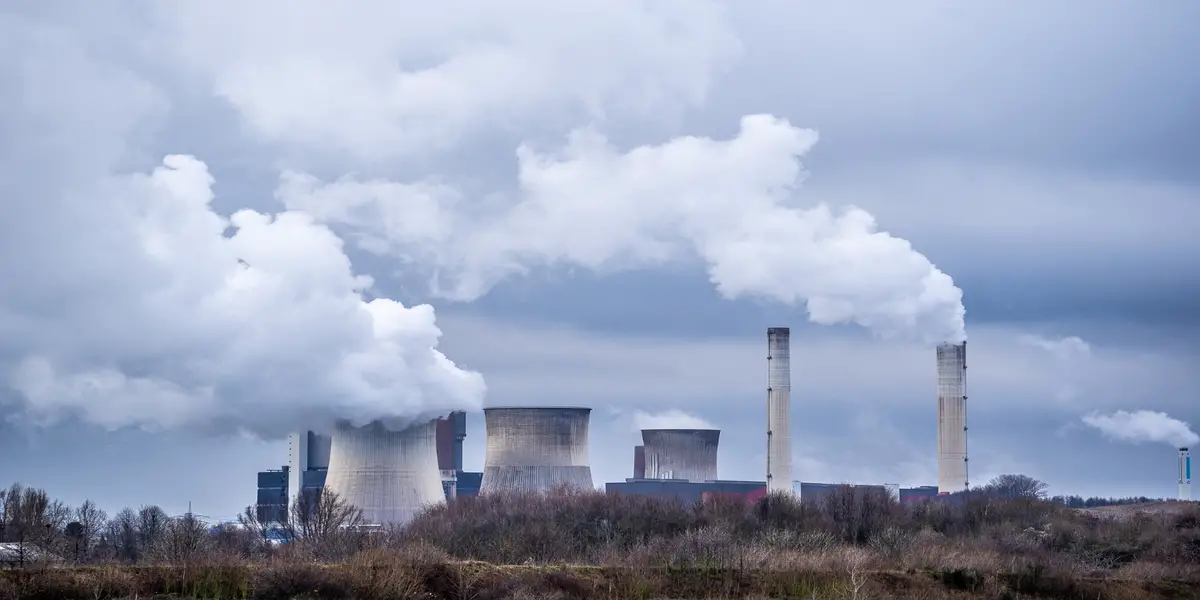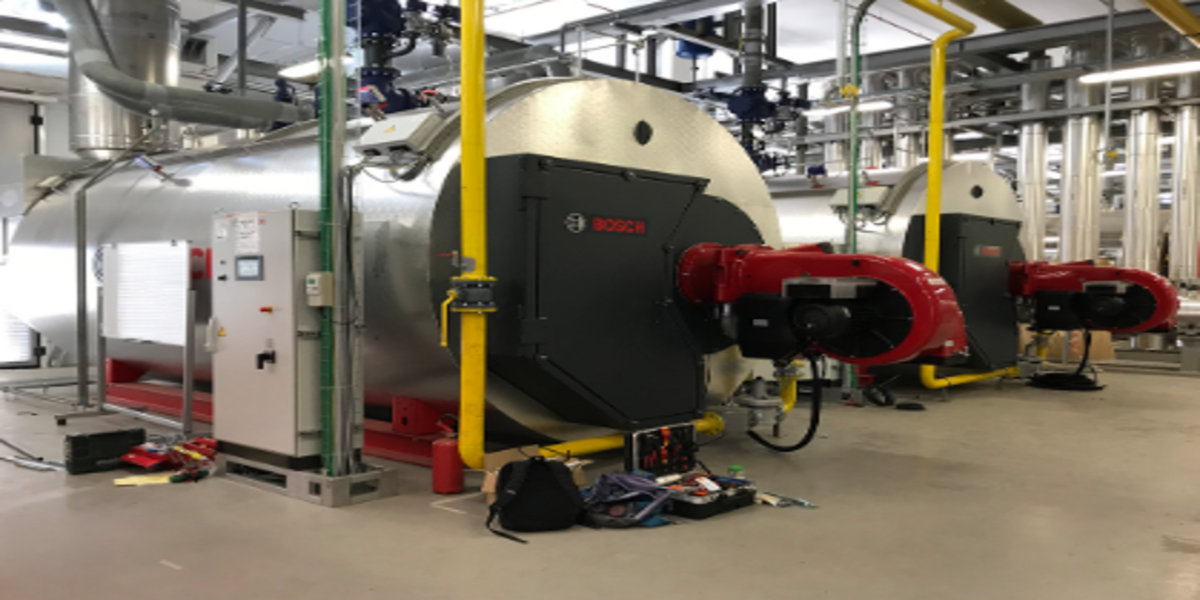Introduction
India has ambitious plans to achieve 20% ethanol blending in petrol by 2025, promising significant environmental benefits and energy security. However, this target appears increasingly unattainable due to the country’s heavy reliance on sugarcane and maize for ethanol production. The Government’s recent ban on using sugarcane for ethanol production and export. This, due to a shortfall, has intensified the ongoing debate over food versus fuel. This blog explores challenges in India’s ethanol blending goals. Also, there is the potential to use non-food crops or crop residues as a viable alternative.
The Ethanol Blending Program and Its Significance
The Indian Government launched the Ethanol Blending Program (EBP) in 2003 to reduce the country’s dependence on fossil fuels and decrease greenhouse gas emissions. Ethanol, a renewable biofuel, can be blended with petrol to create a more sustainable fuel option. By targeting a 20% ethanol blend by 2025, the Government aims to cut down on import bills, reduce pollution, and boost the agricultural sector by creating a market for biofuel crops.
Reliance on Sugarcane and Maize: A Major Bottleneck in India’s Ethanol Blending Goals
Currently, India primarily relies on sugarcane and maize to produce ethanol. Data obtained from various sources indicated that from November 2023 to February 2024, approximately 57% of the contracted ethanol supply was fulfilled by sugar mills and distilleries. Industry experts revealed that out of the 8.25 billion litres of ethanol tendered by OMCs, bids totaling 5.62 billion litres. These were submitted by companies in the initial offer, representing around 69% of the tendered amount.
Within the 5.62 billion litres, approximately 2.69 billion litres were to be provided by the sugarcane industry, while the remaining 2.92 billion litres were sourced from grains. Similarly, in terms of sugarcane-based molasses, about 1.35 billion litres were expected to come from sugarcane juice. And 1.30 billion litres from B-heavy molasses, and a minimal amount of 0.04 billion litres from C-heavy molasses. It is worth noting that ethanol production in India primarily relies on sugarcane-based molasses or grain-based sources as feedstock.
Sugarcane, in particular, has been the cornerstone of the ethanol production strategy. This is due to its high yield and established supply chains within the country’s extensive sugar industry. However, this reliance poses significant challenges:
Limited Availability of Feedstock:
Sugarcane and Maize availability is inconsistent. Sugarcane cultivation heavily depends on water, making it vulnerable to fluctuations due to seasonal changes and droughts. Maize, on the other hand, is also a staple food crop, which complicates its diversion to fuel production.
Food Security Concerns:
Diverting food crops like maize and other grains to ethanol production can exacerbate food security issues. With a large portion of the population still reliant on these crops for their daily caloric intake, the food versus fuel debate becomes critical.
Environmental Impact:
Extensive sugarcane farming has considerable environmental repercussions, including water depletion, soil degradation, and increased pesticide use. These factors further limit the sustainability of relying on sugarcane for ethanol production.
Government Ban on Sugarcane: The Main Challenge in India’s Ethanol Blending Goals
India is currently facing a delicate situation in meeting its ethanol blending target due to low sugar stocks and an anticipated shortfall in sugarcane production. The government is considering a shift towards grain-based ethanol to achieve the 20% target by 2025. The recent approval for National Agricultural Cooperative Marketing Federation of India (NAFED) and the National Cooperative Consumers’ Federation of India (NCCF) to procure maize for ethanol distilleries signals a move towards this transition. Thus it potentially enhances the maize-feed supply chain for ethanol. However, this shift may pose additional challenges for the economy.
In response to a shortfall in sugarcane production, the Indian Government has recently banned its use for ethanol production and export. This decision underscores the vulnerability of the current ethanol production strategy, which hinges on the availability of sugarcane. The ban has triggered a fresh wave of debate over the feasibility of the 20% ethanol blending target by 2025.
The Food vs. Fuel Debate
The food versus fuel debate centres around the ethical and practical implications of diverting agricultural produce for biofuel production. This debate is particularly poignant in a country like India, where food security remains a pressing issue.
Impact on Food Prices:
Increased demand for sugarcane and maize for ethanol production can drive up the prices of these essential crops, making them less affordable for the general population. This can lead to higher food inflation, disproportionately affecting the poorer segments of society.
Agricultural Sustainability:
The diversion of arable land to biofuel crops can reduce the land available for food production, potentially leading to reduced food outputs in the long term. This can undermine efforts to achieve self-sufficiency in food production.
Nutritional Impact:
With staple crops being diverted to fuel production, there is a risk of compromising the population’s nutritional intake, especially in rural areas where these crops are primary food sources.
Non-Food Crops and Crop Residues: The Viable Alternatives
The focus must shift towards non-food crops and crop residues for ethanol production to overcome these challenges. This approach can mitigate the food versus fuel conflict and provide a more sustainable pathway to achieving the ethanol blending targets.
Lignocellulosic Biomass:
Lignocellulosic biomass, which includes crop residues like straw, husks, and bagasse, presents a promising alternative. These materials are often considered agricultural waste and can be converted into ethanol through advanced biochemical processes. Utilizing residues can also help manage agricultural waste and reduce pollution caused by burning these residues.
Algae-Based Biofuels:
Algae represents another innovative source of biofuel. Algae can be cultivated in wastewater or non-arable land and have a high yield potential. Moreover, algae-based biofuels do not compete with food crops and have the added benefit of absorbing carbon dioxide during their growth.
Advanced Biotechnology:
Advancements in biotechnology can enhance the efficiency of converting non-food biomass into ethanol. Techniques such as genetic engineering and synthetic biology can improve the yield and efficiency of biofuel production from alternative feedstocks.
Policy and Infrastructure Support
Significant policy and infrastructure support is required for these alternatives to become viable at a large scale. The Government must invest in research and development to advance the technology for producing ethanol from non-food crops and residues. Additionally, building the necessary infrastructure for collecting, transporting, and processing these materials is crucial.
Incentives for Farmers:
Incentivizing farmers to grow non-food energy crops or supply crop residues can encourage the shift away from traditional biofuel crops. This can include financial subsidies, technical and logistical support, and assured purchase agreements.
Research and Development:
Funding and support for R&D in second-generation biofuels and advanced biotechnology can accelerate the development of efficient and cost-effective methods for ethanol production from alternative feedstocks.
Infrastructure Development For Achieving India’s Ethanol Blending Goals
Establishing a robust supply chain infrastructure for collecting and processing non-food biomass is essential. This includes setting up collection centres, transportation networks, and processing facilities.
Public Awareness:
Educating the public and stakeholders about the benefits of using non-food crops and residues for biofuel production can garner broader support for these initiatives.
Conclusion
The Indian Government had set a target of achieving 20% ethanol ethanol blending by 2025. It seems likely that the target will not be met due to the limited availability of molasses-based feedstock, as well as the inadequate supply of crops such as rice and maize. Maintaining the current year’s 12% blending rate that India achieved in the first four months of 2023-24 supply year, the target of achieving 15% blending in the current supply year also poses a challenge. Nevertheless, the ethanol blending initiative plays a crucial role in the broader context. As the country strives to enhance the resilience of its crops against droughts and pests, there is a pressing need to improve crop yields, particularly for maize. The commercial production of second-generation ethanol at competitive prices remains untested. If successful, it could help reduce incidents of stubble burning.
India’s goal of achieving 20% ethanol blending by 2025 is ambitious but faces significant challenges due to the reliance on sugarcane and maize. The Government ban on using sugarcane for ethanol production has highlighted the vulnerability of this approach and intensified the food versus fuel debate. However, by shifting focus to non-food crops and crop residues, India can overcome these challenges and create a more sustainable biofuel industry. This transition requires substantial policy support, technological advancement, and infrastructure development, but it promises a viable pathway to meeting the ethanol blending targets while ensuring food security and environmental sustainability.










